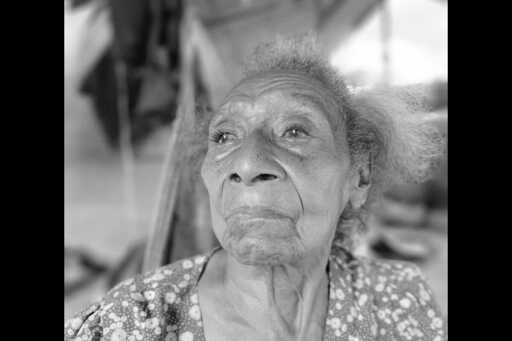When the miners came, Mamai Lucille Williams was well into her eighties. Her house in Karisparu, a Patamona village high in Guyana’s North Pakaraimas, stood on the same patch of ground where she had lived since childhood. Around it grew cassava, bananas, and fruit trees she had planted herself, each one a small act of rootedness in a landscape that had changed little over her lifetime. Then, one day in 2018, men with axes arrived—miners, backed by policemen and an officer from the Guyana Geology and Mines Commission. Acting on instructions from distant claim holders, they chopped down her house posts, scattered her belongings, and leveled her farm. Her neighbors watched in disbelief as she was told to leave the land she had lived on for more than seventy years. Such episodes have become grimly familiar across the Amazon, where gold glitters more brightly than the rights of those who have long lived above it. Yet this one struck a deeper chord. “Her fruit trees were cut down, her cassava destroyed,” wrote village leaders in a protest letter. The North Pakaraimas District Council called her eviction “a grave violation of human rights” and demanded that the miner’s permit be revoked. The government promised compensation and a new home. None of that could restore what had been uprooted. In time, “Mamai”—a term of affection and respect—came to personify the ordeal of many Indigenous elders. She became a quiet rallying point in the struggle for land and dignity. Local councils invoked her…This article was originally published on Mongabay
From Conservation news via this RSS feed


